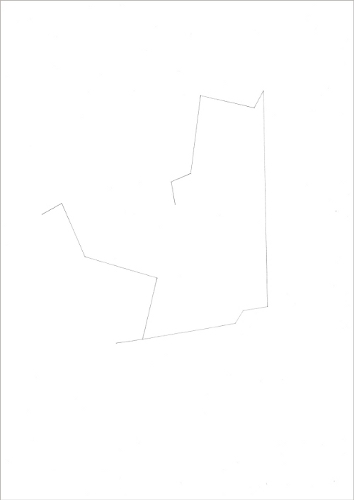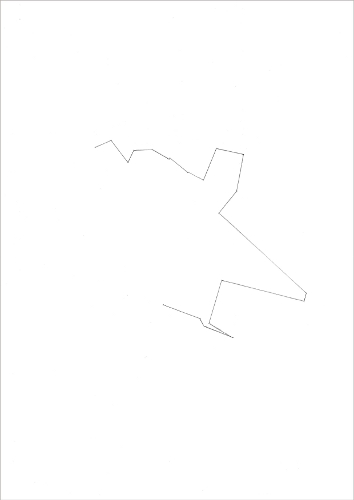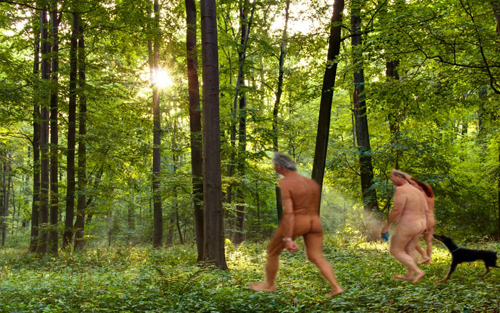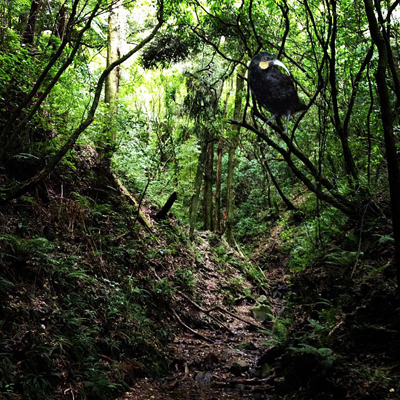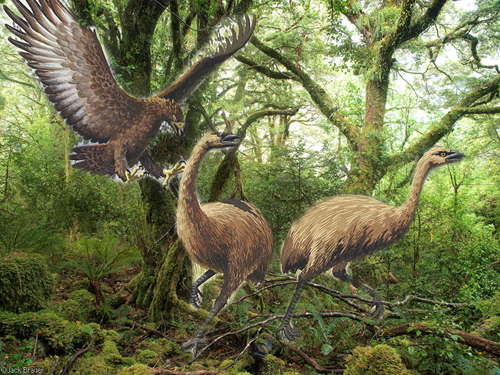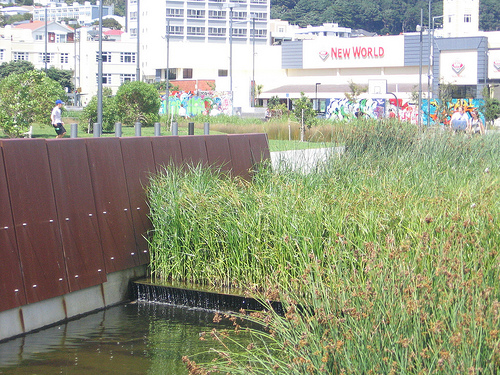No edit summary |
No edit summary |
||
| Line 57: | Line 57: | ||
[[File:Haasts.Eagle.Moa.jpg]] | [[File:Haasts.Eagle.Moa.jpg]] | ||
Sketch for a Morning Chorus with [ | Sketch for a Morning Chorus with [http://en.wikipedia.org/wiki/Haast%27s_Eagle Haast's Eagle] and [http://en.wikipedia.org/wiki/Moa Moa] birds: | ||
site, persons, remote digital sound landscape | site, persons, remote digital sound landscape | ||
[http://www.teara.govt.nz/en/extinctions/6/3/2 oral history of Huia song] | |||
== Sketch for a Waitangi park extension == | == Sketch for a Waitangi park extension == | ||
Revision as of 21:04, 13 November 2012
Jeremy Booth | workbook | Provocative Architecture
statement 23.10.12
I would like to look at how ideas of tangible and intangible histories and cultural 'matierals' can be considered, interrogated, and reimagined, through strategies other than typical museum and/or collection-related, authorative positions. I'm particularly interested in ideas of interactivity and mobility.
... elaboration as keyword/terms
- intangible / tangible
- material / immaterial
- public space
- 'domains'
- culture / history / heritage
- lateral thinking around the idea of architecture
As a starting point I've done some pencil drawings. They are based on Walking Tours of German cities, from the Lonely Planet guide book series. Below are Weimar and Dresden. The line follows the route of the Walking Tour, all other details are absent. I'm interested in the idea of directing, and being directed through space. Movement itself becoming a form of architecture.
walking tour, Weimar
walking tour, Dresden
Revised statement 1
In some ways, architecture can be as much a barrier to culture and heritage as a supporting mechanism for it. It can restrict access to tangible objects while creating an unnecessary container for intangible ones. This is particularly the case when we need to pay entry to museums and art galleries, when their opening hours are restrictive, when they are crowded or unappealing, when they do not meet the needs of certain groups, and when collection items are not available for public viewing. As well, the need to 'build something' is sometimes not possible on sites of intrinsic cultural and historical value.
During the next weeks I will undertake a number of loose experiments around the idea of 'barrier free' culture and heritage sites. Particuarly interested in intangable, immaterial cultural qualities.
Sketch for an Fauvist Retreat
Thinking about the art historical context of some of the woodland and lake areas outside of Dresden. These areas were of course frequented by artists involved in German Expressionism, such as die Bruecke and the Fauvists. For these artists, it was a setting in which they could enjoy nature and the company of others while also creating, and furthering the ideas behind their art. These ideas included the embracing of Primitivism and the human form as an object of expression. I'm interested in how such areas could allow diverse histories to play out in real time and space. In this case, looking at human presence; ephemeral and emotive qualities such as idealism and primitivism; a kind of fluid catalyst that can change the way that people inhabit space.
Sketch for a Fauvist Retreat 1: site, persons
Sketch for a fauvist Retreat 2: site, persons, animals
Sketch for Morning Chorus
Interested in the intangable elements of the New Zealand landscape, including the idea of a recent pre-historic past, Maori and Polynesian mythology and other non-material concepts (such as whakapapa and mauri) and extinct species. These elements are not necessarily mutually exclusive. For example, the evocation of certain extinct species, also evokes a pre-historic or pre-European history as well as the modern-day mythology that these species have come to be a part of. I'm interested in how to bring certain species out of the museum and back into their original forest habitat. One of the most emotive ways to do so, would be to bring their song, the sounds of the extinct birds, back into the wider forest chorus. Including the fantastic and bewildering sounds of the great Haasts Eagle flying, nesting, and hunting. This could be achieved through a kind of remote digital sound landscape, which can be tuned into by users.
Sketch for a Morning Chorus with Huia bird: site, persons, remote digital sound landscape
Sketch for a Morning Chorus with Haast's Eagle and Moa birds: site, persons, remote digital sound landscape
Sketch for a Waitangi park extension
image copyright Matthew Oliver, 2009 (CC BY-NC-SA 2,0)
